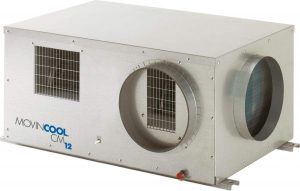 Blog provided by Wicker Paradise
Blog provided by Wicker Paradise
Does it break the rules of office décor to use exquisite, finely crafted furniture in your office? Companies such as Lane Venture are known for creating stylish, but functional furniture for the home. These cozy chairs, sofas, and tables are perfect for rest and relaxation at home, but how will they look in a workspace?
The truth is that there is no law or rule that says you have to use “office furniture” for your place of work. As long as everyone else in your office is on board with your plans, you can opt for more stylish office furniture if you want. In fact, it may even be a better idea than looking at the same drab office décor every day.
Experts have shown that office aesthetics significantly affect employee productivity, and offices with elements such as natural light, attractive scenery, and art on the walls have employees who are happier, less stressed, and more productive. In the end, adding an artfully crafted chair or table may have more workplace benefits than you realize. Just be sure you find the most fitting area to place your Lane Venture furniture, such as a reception room, break room, or communal dining area.
You can find a great selection of Lane Venture furniture at Wicker Paradise from collections such as their Hemingway, Mystic Harbor, South Hampton, and Cote d’Azur collections. You’ll also find products such as rattan furniture and indoor and outdoor wicker furniture sets. Contact them today at 1-800-894-2537.


